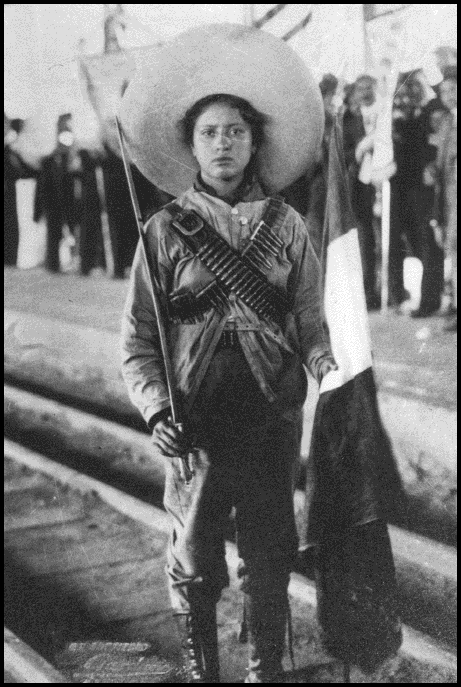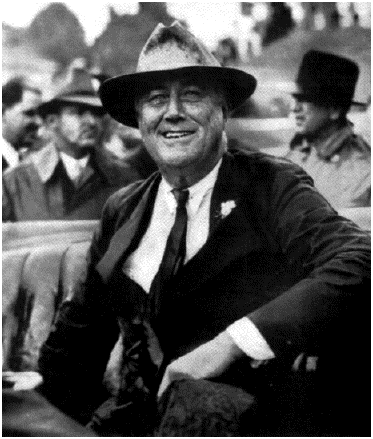Women of the Mexican Revolution
Elena Poniatowska
David Dorado Romo,
Translator
(Cinco Punto Press)

- Stay behind. Nobody goes with me. I want to show the Carrancistas that I fight for the Revolution, not to take possession of their women.
When a sentry asked, "Who goes there?" he responded,
"Zapata."
"You're Emiliano Zapata."
- The most blunt, vile and violent insults were heard coming from those piles of women pressed tightly against each other by the ropes. Sixty mouths cursing at once...
After they were afire, "the women never stopped cursing Villa."
- And after the blaze completely covered them, Villa heard a hoarse voice screaming from the pyre: "You dog, son of a bitch! You will die like a dog!"
There are almost fifty photographs from 1910 - 1920 reproduced here. They come from a collection of some 30,000 of the Revolution, and are located in the Fototeca Nacional in Pachuca.
Kate Grenville
(Canongate)

- He saw that they were not simply watching a man dance, as people might sit at the Cherry Gardens and watch folk do a jig. There was a drama alive on their faces. There was a tale that they all knew being told in the language of this dance ... This old fellow is a book, Thornhill thought, and they are reading him.
At one point, Thornhill says to one of them, "There won't be no stopping us ... Pretty soon there won't be nowhere left for your black buggers." It is fortunate for both of them that the young man doesn't understand what is being said and Thornhill doesn't bother to learn the other man's language. The words are darkly prophetic.
A Novel
Adria Bernardi
(Southern Methodist University Press)
The passages from the early days are haunting and powerfully evocative. Imola is hired to take a bastard child for adoption to the far-off city of Viareggio. She refuses to leave her own baby behind, so she travels by coach and train for several days. A girl asks, "Why are you traveling with two small babies?"
The nun has warned Imola not to tell the truth, so what can she tell them? "About washing sheets in icy mountain water? Feeding chickens? Wringing their necks and plucking out the feathers one by one and singeing the nubs at the stove?"
She certainly cannot reveal the facts about neighbor Marta, "the baby conceived with who-knows-who ---- everyone has his own speculation, a merchant passing through, a neighbor."
- She cannot tell them how she agreed, for a fee, to take this child down to the seacoast, where he will be taken from her, then carried to a new mother, who right now is pacing back and forth on a gravel road in front of her house, peering down the road.
So what does she say: "These babies are twin princes, sons of one of the Winds. I am not at liberty to say which."
- They were brought up into the mountains for safekeeping. But after careful consideration Signor Wind decided our mountain climate was too harsh for his illustrious offspring. That the people were too rough. So he ordered them to be brought down to the sea, where the climate is temperate.
"You must disguise yourself as a peasant woman to undertake the journey," she was told. "For your trouble, we will give you a sack of gold."
- You shall always be like an aunt to these two princes. When they grow up, they will give you whatever you wish for. Rubies and emeralds. Mountains of food. Sumptuous cloth. All you have to do is deliver them both safely.
The history of Imola, Egidio and Antenore has an elemental power that does grip one. Unfortunately, the tale of Adele, Ray, Desolina, and Rina (and a later Imola), in Chicago, in the 1960s, has neither the pith nor the drive of the earlier story.
Goes Public
Celebrity Patients and
How We Look at Medicine
Barron H. Lerner
(Johns Hopkins University Press)

- Most important for this book, what impact have such sick celebrities had on Americans struggling to understand and treat their own illnesses?
It occurs to this reader that the question might better be applied not to Franklin Junior ... but the President himself. Was FDR not the first modern "celebrity with illness?" (He had had what was then called "infantile paralysis" --- a disease that robbed him of the ability to walk.)
The news in this case is the non-news: FDR was paralyzed, but the public was made to believe that he had recovered completely. Anyone bold enough to photograph the president struggling to get in or out of his car or on or off the train would lose their film to the Secret Service agents. Public "celebrity" illness was in this case rendered a non-issue.
Despite this lapse, Lerner has put together a relatively interesting book, and the writing is sprightly. The chapters on Lou Gherig and Steve McQueen are more than a little interesting, although one might have reservations about the author's question, "Why did Steve McQueen, a wealthy and prominent actor with access to the best medical treatment in the country, surreptitiously travel to Mexico to pursue therapy from practitioners widely considered as charlatans and frauds?" (Answer: When we are dying, we'll try anything.)
Outside of this, the thirteen stories are instructive if not fascinating.